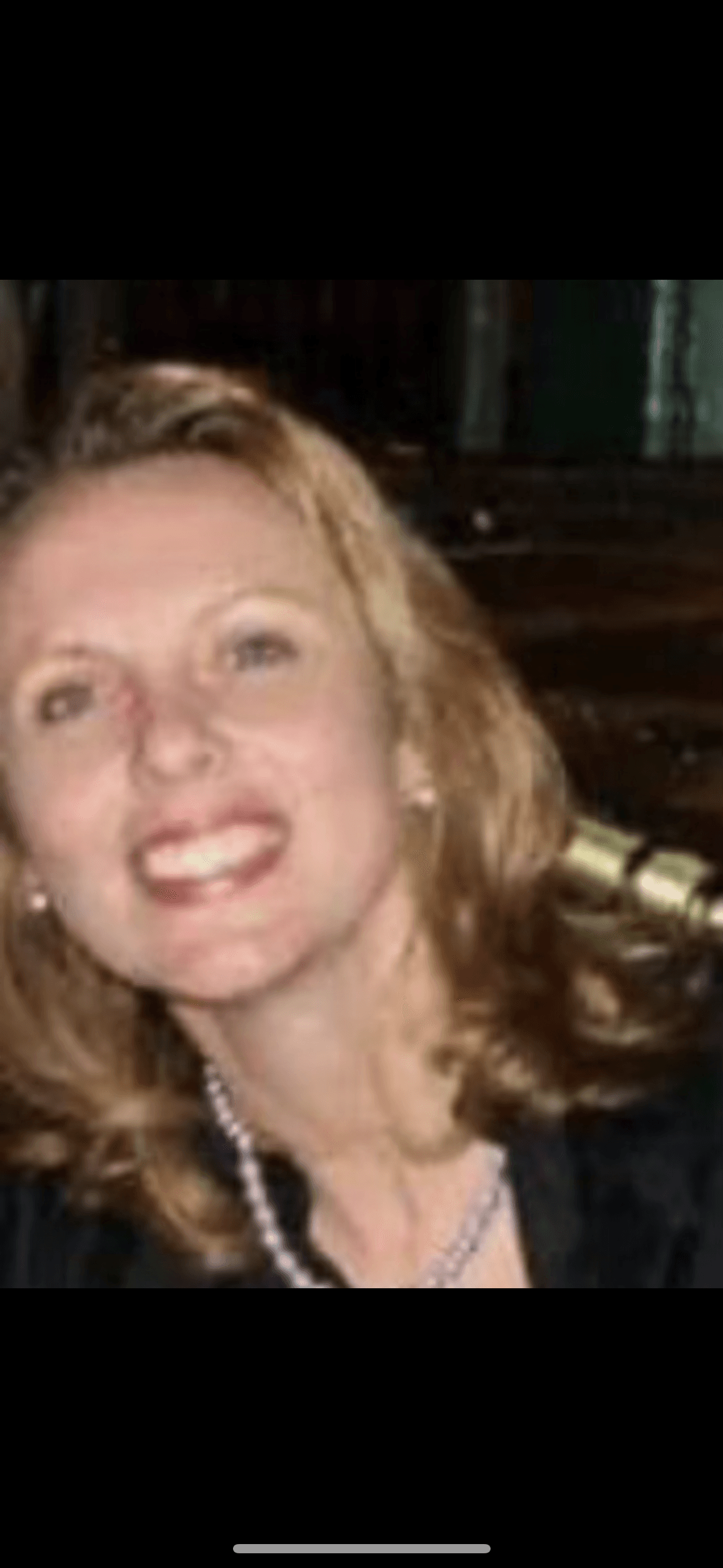
College Auditions: Our Story of Success
It was the fall of our daughter’s senior year of high school, when it seemed that our whole lives hung on a frightening precedent of college audition season.

We started with a spreadsheet. Not a Microsoft Excel or a Google Sheet spreadsheet, but a larger-than-life, carefully measured, hand-drawn spreadsheet that I painstakingly crafted on tri-fold display boards while my daughter was at rehearsal. Was it A Chorus Line? Pippen? It seems odd that I have forgotten now; such things were once so all important. But I have, in fact, forgotten which show she was in that fall. It was the fall of our daughter’s senior year of high school, when it seemed that our whole lives hung on a frightening precedent of college audition season. And, now, the enormity of what was to follow was spread out in carefully measured segments on the wall of our back hallway.
Claire would be auditioning for 23 schools. Or maybe more. I had left some room at the bottom of the enormous spreadsheet in case there were more programs she wanted to add, schools she heard about as the audition process progressed, more chances for finding the “right fit.”

In reality, the “right fit” school would need to be a combination of a few things. It would need to have a program that provided what Claire wanted (a list that changed regularly), was financially attainable to our family, and – the big AND – a program that accepted her. Acceptance rates for acting programs were astonishingly low. Claire would have a better chance of being accepted to most Ivy League schools than to many of the programs listed on the display board. For most of that school year, the giant spreadsheet on the back hallway wall would loom over us, casting a spell that was equal parts hope and anxiety.
After a grueling series of prescreens, Claire had her first audition in Ohio, a six hour drive from our home in Chicago. Ohio had a rare beginning of November ice storm, making the late night drive treacherous, but we made it. In the morning, we were assembled in a theater lobby. Everyone had read the same websites and were uniformly prepared. The girls were dressed in simple short, monochromatic dresses, the boys in khaki pants and collared shirts. We parents made small talk, eyed one-another’s children, and made covert comparisons. This girl had attended a performing arts school, another had been to an elite audition-based summer program. Most of these kids would never see this theater lobby again, except as a possible patron. The odds were so highly stacked against them all; the near impossibility of what they were trying to accomplish made the air feel surreal. It was a feeling we would all become accustomed to.
Once the auditionees had been called back, my husband and I joined another mom for a drink down the street. We commented on the quaintness of the town and the convenience of the college to the riverside business district. We talked about plans for the upcoming holidays. We made note of the weather. We did not mention the fears that hung between us. Did our daughters have what they were looking for? Would they be among the 5% of those who auditioned for this program that would be offered a spot in next year’s incoming class?
When the other mother’s daughter called to say her audition was over, it seemed too quick. Not enough time had passed. Surely, an audition so short could not be good. The directors weren’t interested in seeing more? That must not have liked what they’d seen, right? But, then, only moments later, our own daughter called – she was also finished with her audition – and we prayed that a short audition was actually a good thing. Maybe they’d loved our daughter right away and didn’t need to see anymore? Maybe they were going to fast track her straight to acceptance. We would know in two weeks when emails of acceptance or rejection would be sent out.
Two weeks later, while we were on our way to another Ohio audition, both girls would receive emails informing them that they had been waitlisted for the program. They had been neither rejected nor accepted. Instead, they existed somewhere in a murky in between. “It’s like asking someone you love to prom, and they respond with, ‘maybe,’” I told my husband. It felt a bit like Shrodinger’s cat. Our daughter was both worthy and unworthy.
“Should we write ‘waitlisted’ across the school on the spreadsheet?” my husband asked. But I knew the odds. We could wind up filling the wall with the word ‘rejected’ over and over again “No,” I told him. We decided to simply put a sticker next to each school whose audition process was complete.
Claire had many more auditions ahead of her. There were still many other schools on the spreadsheet. There was still so much potential on the horizon. Some schools were within driving distance, and those auditions we knocked off with on campus auditions – journeys that included jaw-clenching drives through midwestern snow storms and one exceptionally long day when our daughter was kept the latest of all auditionees, and when the directors passed her from one one room to another and another and another, so everyone could see her. We stopped to eat a much needed celebratory dinner afterward. Our baby’s future had been foretold, and it was good! But, then, three weeks later a regretful rejection email arrived. “We probably couldn’t have afforded that school, anyway,” I told my husband. But that reality provided no comfort to our daughter. Or, really, to us, either.
By Christmas, Claire’s stats were good – one acceptance, one rejection, and one wait list, with a few schools where she’d auditioned still holding out on a decision. But the big event was still ahead of us – the glorious and incomparable National Unified Auditions.

Unified auditions – when several universities come together in one city (New York, Chicago, and Los Angeles) to hold auditions for potential new students – were at the beginning of February. This would be the grand finale of Claire’s audition experience. We would gather with thousands of other families in a days long series of auditions.
We live 20 minutes away from the hotel where Unifieds are held in Chicago, but we decided to book a hotel room – no, a hotel suite for extra space – for the event. Our daughter would need to have close proximity and private space between auditions. Seeking a bit of distance from the intensity of the auditions, we booked a hotel a few blocks away. A short walk in the Chicago cold might be just what our daughter needed to clear her head between auditions. It might be just what we needed, too. My husband and I set up a schedule. We’d take turns in the city with our oldest daughter, while the other of us stayed at home with our other daughter.
The first night of auditions, my husband called me from the living room of the suite. “This is crazy,” he said. He described the hotel lobby where auditions were being held in various ballrooms. “There’s like a million kids and their parents here, and their coaches, too. It’s crazy watching the kids running between their auditions and their parents and then to their coaches for advice.”
Coaches. Audition coaches. Our daughter didn’t have one. We’d hired an acting coach. We’d sent our daughter to two summer acting intensive experiences. We’d paid for an acting conservatory, thinking it would be better prep than what a public school could offer. But we hadn’t secured her an audition coach.
“Does everyone have one?” I asked.
“No,” he assured me. “Not everyone.” Still, I wondered if we’d made a mistake, if we’d sent our daughter into these auditions woefully underprepared.
By the next day, when I showed up at our hotel downtown, Claire was full of stories. Stories of tears and stories of triumphs. Most impressive, her friend had been offered a full ride scholarship at the end of one of his auditions. “Can you imagine?” I asked my husband. “All our dreams would be answered.”
“Or maybe not,” he told. “Maybe it’s not the right school for him.”
“Oh, I think we could make it the right school,” I said.
That second morning of auditions, I accompanied my daughter to the basement of a high rise hotel where she auditioned for what is probably the most well known performing arts college in the nation. Other hopefuls surrounded me as I waited for Claire to finish her turn. I texted a friend, updating her on the scene around me, on the absurd level of tension in the air. “I want to cry for some of these people,” I said. “Or maybe I want to laugh at them.” But then Claire came out and told me that she felt good about her audition, but that she hadn’t gotten a callback, and I regretted that last comment. I would be laughing at no one.
We caught an Uber to her next audition. “It’s at a performance studio,” she told me. “I have to dance.” This seemed odd, since she was auditioning for acting programs, not musical theater programs. But, you do what you are asked, so we rushed to the performance studio.
Right away, things seemed wrong. All the other girls looked like they had stepped right out of a Lululemon catalog. Claire looked more like she had just rolled out of bed. “Do you have anything else to wear?” I asked, hoping I wasn’t sabotaging her confidence right before she walked into an audition.
“This is good enough,” she said, and I knew from the tone of her voice that I shouldn’t push it.
I sat on the floor outside the audition room and watched the other hopefuls come and go. How many people were auditioning? How many spots were available? Afterward, another mother told Claire that she’d done a “good job,” and we both wondered if she really meant it, or if this was snarky criticism meant to tear down the competition. But, maybe she did mean it, because by the end of the month Claire would receive a spot on this school’s waitlist. It seemed they wanted her. Or, at least, they kind of did.
Later in the day, I ran into the mother of one of Claire’s friends outside another school’s audition space. “Oh, Jacob isn’t auditioning for that program,” she told me, “They don’t have direct flights from Chicago to their airport.” It was a factor we hadn’t considered before-- another tally for the list of mistakes we’d made. Would we now make flight issues something that mattered? What if this program, at a school without direct flights, was the “right fit” program for Claire?
We attended a few more information sessions, and Claire went to a few more scheduled auditions. Some were promising. There was a school in New York that she really felt she engaged with. Some were not so promising. At the end of the day, she and a friend attended a walk-in audition for another school. “I don’t even want to go to that school,” she told me when she came out. It was a good thing she didn’t want to go there, because apparently they didn’t want her there, either. She’d get a surprisingly quick rejection email from them before Unifieds were even over.
The next day, Claire attended auditions on her own. She would Uber home at the end of the day, and we would wait for the final results. I reminded her that she already had some options to consider, some schools where she’d already been accepted. And, of course, there were always the waitlists she’d been put on. No one mentioned the rejections she’d already received. We couldn’t make them matter now. Those were dreams that had already been snuffed out.
On the final day of Unifieds, Claire called her father to tell him that at the end of an audition, she’d been offered a full ride scholarship to a school with a new program. He texted me to let me know, and when I checked my texts after I’d finished teaching, I thought for sure we’d found the one. Surely, a school with a full ride would be the right fit. Or maybe we could work to make it the right one.
Over the next several weeks, Claire fielded emails of acceptances, rejections, and some “we want you, but we actually want someone else more” waitlists. One school sent an old fashioned letter in the mail, which I tried in vain to hold up to the light to read before she got home from rehearsal that night.
About six weeks after Unified Auditions, I went out after work with friends. Half way through our first round of drinks, my husband called. Claire had gotten into the program in New York that she had liked so much during auditions. I paid for the next round of drinks.
We weren’t quite done. There were still a few more schools on the spreadsheet to hear from, a few schools where she’d been accepted to visit, and a few waitlists to be considered when spots in their programs opened up. But, in the end, Claire accepted her spot at the school in New York City.
Four plus years later, I realize that any mistakes we made didn’t matter. Because, in the end, she found her “right fit” school. Even if the “right fit” school didn’t come with a full ride scholarship.
“What should we do with this giant spreadsheet?” my husband asked me once we’d paid the deposit for Claire’s chosen school.
I stared at the massive spreadsheet that had hovered over us for the past six months. Across its face were the neatly lettered school names of universities that had loved our daughter, of programs that had liked her, and of schools that had crushed her with rejection. “Burn it?” I joked.
In the end, we took it outside and folded it into our recycling bin. Only one school mattered now.




